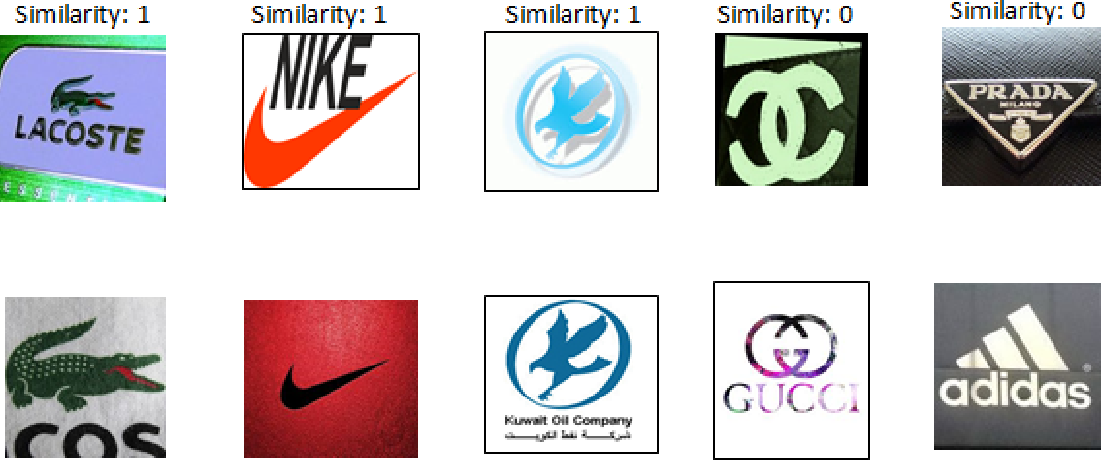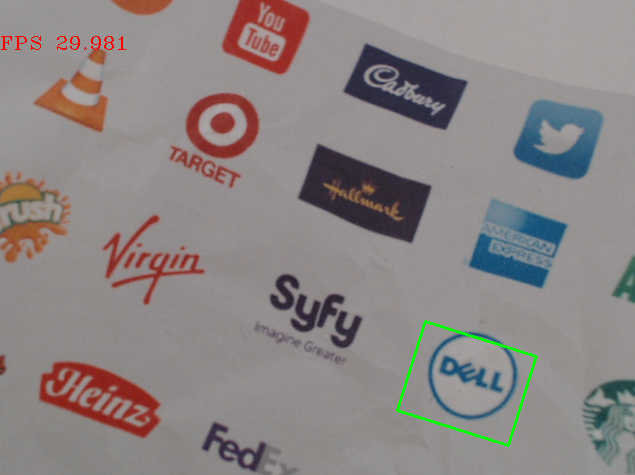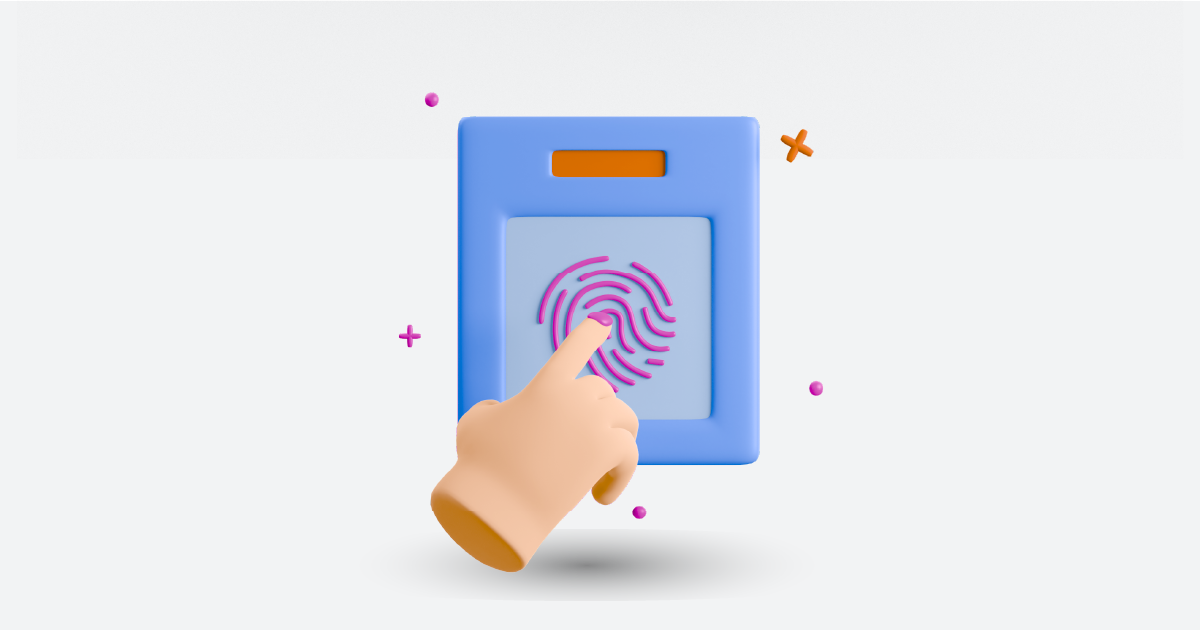In today’s digital world, where visual content dominates the online landscape, effective brand recognition has become more crucial than ever. Businesses strive to create strong brand identities that resonate with their target audience. One of the key elements of brand recognition is a logo, which serves as a visual representation of a company or organization. As brands expand their online presence, the need for accurate and efficient logo detection models arises. In this article, we will explore the concept of a logo detection model and its significance in enhancing brand recognition and user experience.
Understanding Logo Detection Model

Logo detection involves training a machine learning model to recognize and localize logos in digital assets. It leverages computer vision techniques, such as convolutional neural networks (CNNs), to analyze and identify distinctive visual patterns that constitute a logo. Through the training process, the model learns to differentiate logos from other elements present in images or videos.
The Importance of Logo Detection Model
The logo detection model offers several benefits for businesses and users alike. Firstly, they enable brands to monitor and protect their intellectual property by identifying instances of logo misuse or unauthorized reproductions. Additionally, these models facilitate effective brand monitoring and sentiment analysis by detecting logos in social media posts, reviews, and online content. By understanding how consumers interact with their brands, businesses can make data-driven decisions to enhance customer satisfaction and loyalty.
How Logo Detection Model Works

Logo detection models rely on deep learning algorithms that are trained on large datasets containing annotated logos. These models extract visual features from images or frames of videos and compare them against the learned patterns to identify logos accurately. The process involves multiple steps, including image preprocessing, feature extraction, and classification. Once the model recognizes a logo, it provides information about its location, size, and orientation.
Applications of Computer Vision Logo Detection Models
Logo detection models find applications in various domains, contributing to improved user experiences and brand recognition. In e-commerce, these models enable automated product tagging, making it easier for consumers to find specific brands or products. They also enhance search engine optimization (SEO) efforts by allowing search engines to index and categorize images based on recognized logos. Moreover, logo detection models can assist in augmented reality (AR) experiences, where virtual objects can interact with real-world logos, providing engaging and interactive user experiences.
Benefits of Implementing Logo Recognition Models
Implementing logo detection models can yield numerous advantages for businesses. Firstly, it simplifies the process of content moderation by identifying and filtering out inappropriate or unauthorized use of logos. This helps maintain brand integrity and protects businesses from potential legal issues. Secondly, logo detection models enable personalized marketing campaigns by analyzing the logos detected in users’ images or videos, allowing businesses to tailor their advertising strategies accordingly. Furthermore, these models contribute to enhancing the overall user experience by delivering relevant and targeted content to users based on their brand preferences.
Case Studies
1. Coca-Cola’s AI-Powered Brand Monitoring
Coca-Cola implemented a deep learning-based logo detection system to monitor brand visibility across social media and video content. By analyzing millions of user-generated posts, the system helped the company identify unauthorized logo usage, track brand sentiment, and refine its marketing strategies. This AI-driven approach increased Coca-Cola’s social media engagement by 30% within six months.
2. Nike’s Real-Time Logo Recognition for E-Commerce
Nike leveraged a real-time logo detection model to enhance its e-commerce experience. By allowing users to scan logos on merchandise in physical stores, the system instantly provided product details, customer reviews, and purchase options. This innovation led to a 20% increase in online sales conversions and a 15% improvement in customer engagement.
3. UEFA’s Logo Detection for Sponsorship Analysis
The UEFA Champions League integrated a logo detection model to measure sponsor visibility in broadcasted matches. The AI system analyzed live feeds to track the duration and prominence of sponsor logos on jerseys, stadium billboards, and fan merchandise. This provided accurate ROI reports for sponsors, leading to an 18% increase in sponsorship renewals.
Influencer Insights: What Industry Leaders Are Saying
🔹 Andrew Ng (@AndrewYNg) – AI Pioneer
“Deep learning is transforming visual recognition. Logo detection models are a game-changer for brands looking to monitor their presence online.”🔹 Gary Vaynerchuk (@garyvee) – Digital Marketing Expert
“Branding in 2025? It’s all about visibility. AI-powered logo detection helps brands own their narrative across digital platforms.”🔹 Elon Musk (@elonmusk) – Tech Entrepreneur
“AI recognition tech is evolving fast. Soon, logo detection will seamlessly integrate into AR, revolutionizing digital marketing.”
Challenges and Limitations
While logo detection models offer substantial benefits, they do face certain challenges and limitations. One common challenge is the detection of logos that are partially occluded or distorted, making it more difficult for the model to accurately identify them. Additionally, the model’s performance may vary based on the quality of the input images or videos. Limited training data for specific logos can also impact the model’s accuracy. Overcoming these challenges requires ongoing research and advancements in computer vision techniques.
Future Developments in AI Logo Detection
As technology advances, we can expect significant developments in AI logo detection models. One area of exploration is real-time logo detection, where models can swiftly identify logos in live video streams. Furthermore, improvements in transfer learning and data augmentation techniques will enhance the model’s ability to recognize logos accurately, even with limited training data. Additionally, the integration of logo detection models with emerging technologies like virtual reality (VR) and mixed reality (MR) will create new opportunities for immersive branding experiences.
Conclusion
In conclusion, logo detection models offer a powerful solution for businesses seeking to enhance brand recognition and user experience. By effectively identifying and localizing logos, businesses can protect their intellectual property, analyze brand sentiment, and deliver personalized marketing campaigns. While logo detection models have their challenges and limitations, ongoing advancements and future developments promise exciting opportunities in this field. As technology continues to evolve, businesses must embrace logo detection models to stay ahead in a competitive digital landscape.
To experience the benefits of our advanced logo detection model firsthand, we invite you to request a demo from AIM Technologies. Discover how our cutting-edge technology can revolutionize your brand recognition efforts and elevate your user experience. Don’t miss out on this opportunity to take your brand to new heights.
Frequently Asked Questions
1. Can logo detection models recognize logos of any complexity?
- Logo detection models are designed to recognize logos of varying complexity. However, the model’s performance may vary depending on the uniqueness, clarity, and training data available for a specific logo.
2. How can logo detection models benefit e-commerce businesses?
- Logo detection models assist e-commerce businesses by automating product tagging, allowing customers to search for specific brands or products more efficiently. This improves the overall user experience and helps businesses drive sales.
3. Do logo detection models work effectively on social media platforms?
- Yes, logo detection models are effective on social media platforms. They enable brands to monitor and analyze user-generated content, identify instances of logo usage, and gain insights into brand sentiment and engagement.
4. What are some limitations of logo detection models?
- Logo detection models may face challenges in detecting partially occluded or distorted logos accurately. Limited training data for specific logos can also impact the model’s performance. However, ongoing research and advancements aim to address these limitations.
5. How can logo detection models enhance augmented reality experiences?
- Logo detection models can enable augmented reality experiences by identifying logos in the real world and allowing virtual objects to interact with them. This creates engaging and




